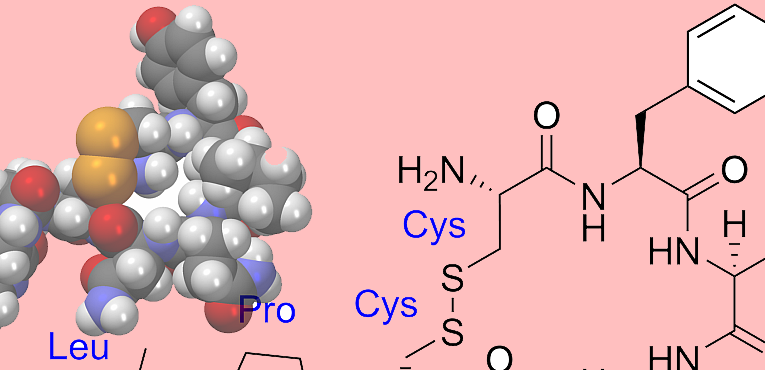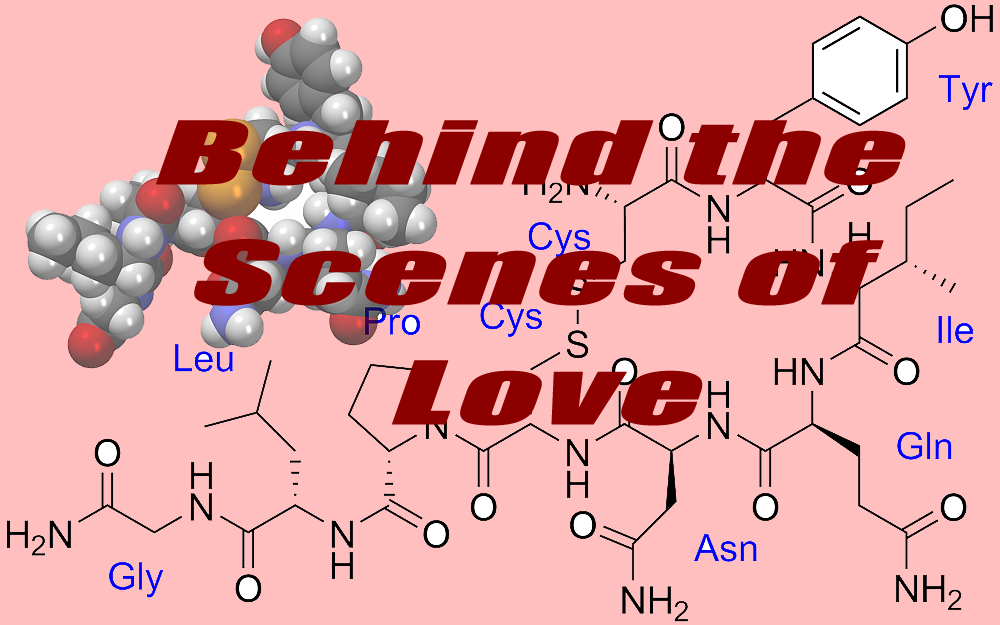Kelly Rulison
Staff Writer
Scientific and psychological theories have been trying to explain the concept of love with studies of neurotransmitters and social developments for years.
“Three different molecules are involved: phenylethylamine, dopamine and norepinephrine are released when somebody falls in love. They regulate mood and behavior,” Brian Ferguson, L&C Associate Professor of Biology said.
According to youramazingbrain.org, there are three stages that makeup the feeling and emotion of “love”. The first stage of love is lust, which is driven by testosterone in men and estrogen in women.
Adrenaline, dopamine, and serotonin are three neurotransmitters that are believed by scientists to be the main cause for attraction between two people.
Adrenaline is released when a person feels attraction for another causing blood levels to increase and a steroid hormone called, cortisol, to be released.
Dopamine is the same neurotransmitter that is activated when a person uses cocaine, it triggers a rush of pleasure to flow through the body.
“For the single people first… there is a new particular gene configuration that they have recently discovered, called singleton, if you have a particular version of it, you’re more likely to have lower levels of the happy feel-good neurotransmitter released between brain cells called serotonin,”Ferguson said.
Lastly, serotonin is released which distracts the brain from focusing on work and instead fills the brain with their new lover. Attachment is the final stage.
“According to attachment theory, we each have an attachment style that was influenced by our early relational experiences as children,” Associate Professor of Psychology, Chad Keller said. “ These attachment styles impact how we view ourselves [am I lovable?] and how we view other people [are other people lovable and trustworthy?].”
This particular theory of romance is based on the idea that two people are only together to accomplish creating children and raising them.
Oxytocin, commonly known as the ‘cuddle hormone’, is released during an orgasm. It is also released during childbirth in order for a mother to feel bonded to her child, and is activated upon hearing a child’s cries of distress.
For more information and experiments that have tested a new couples’ love, go to www.youramazingbrain.org/lovesex/sciencelove.htm. Visit us on Facebook at facebook.com/thelcbridge and tell us your theories on love.





